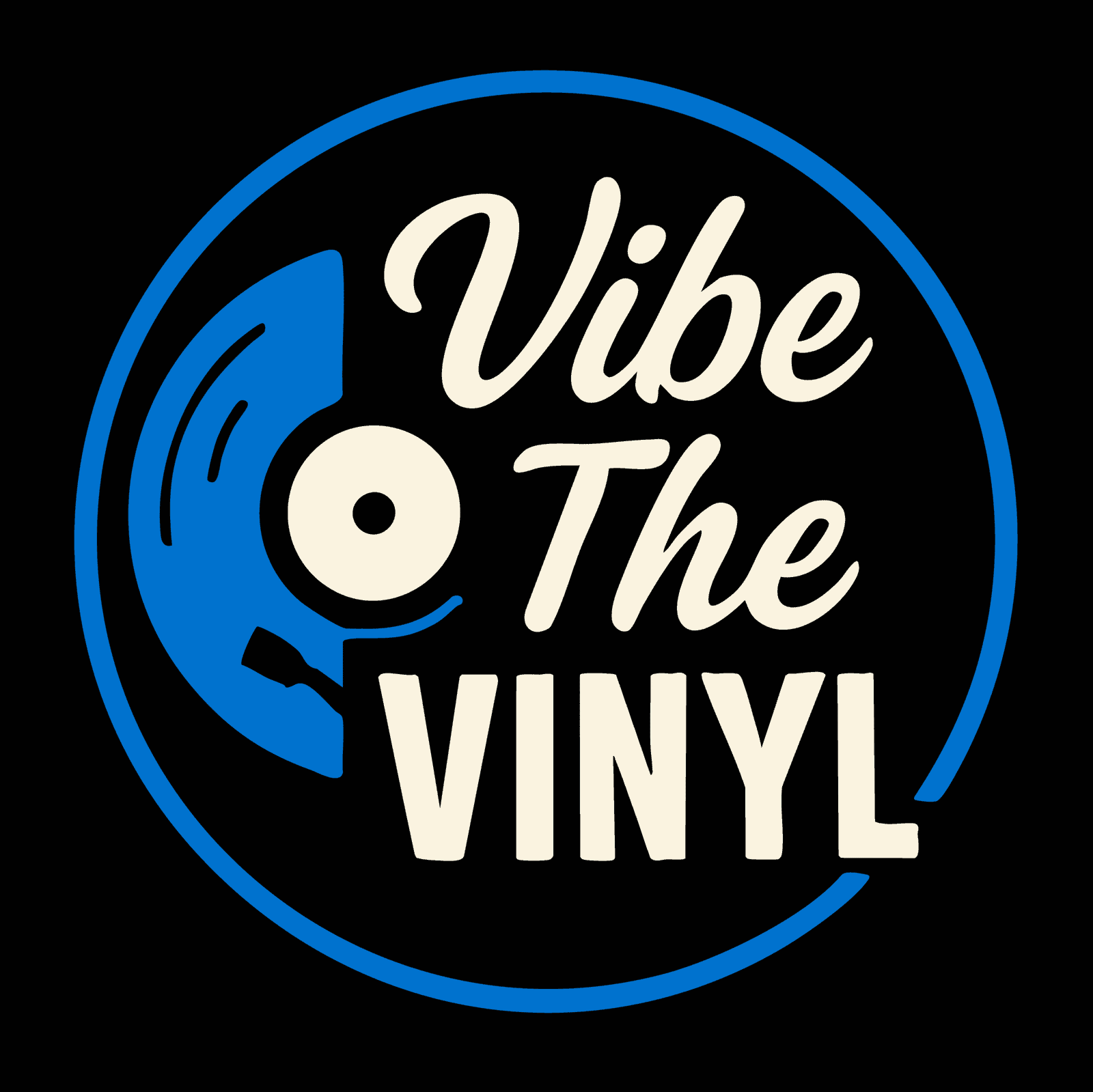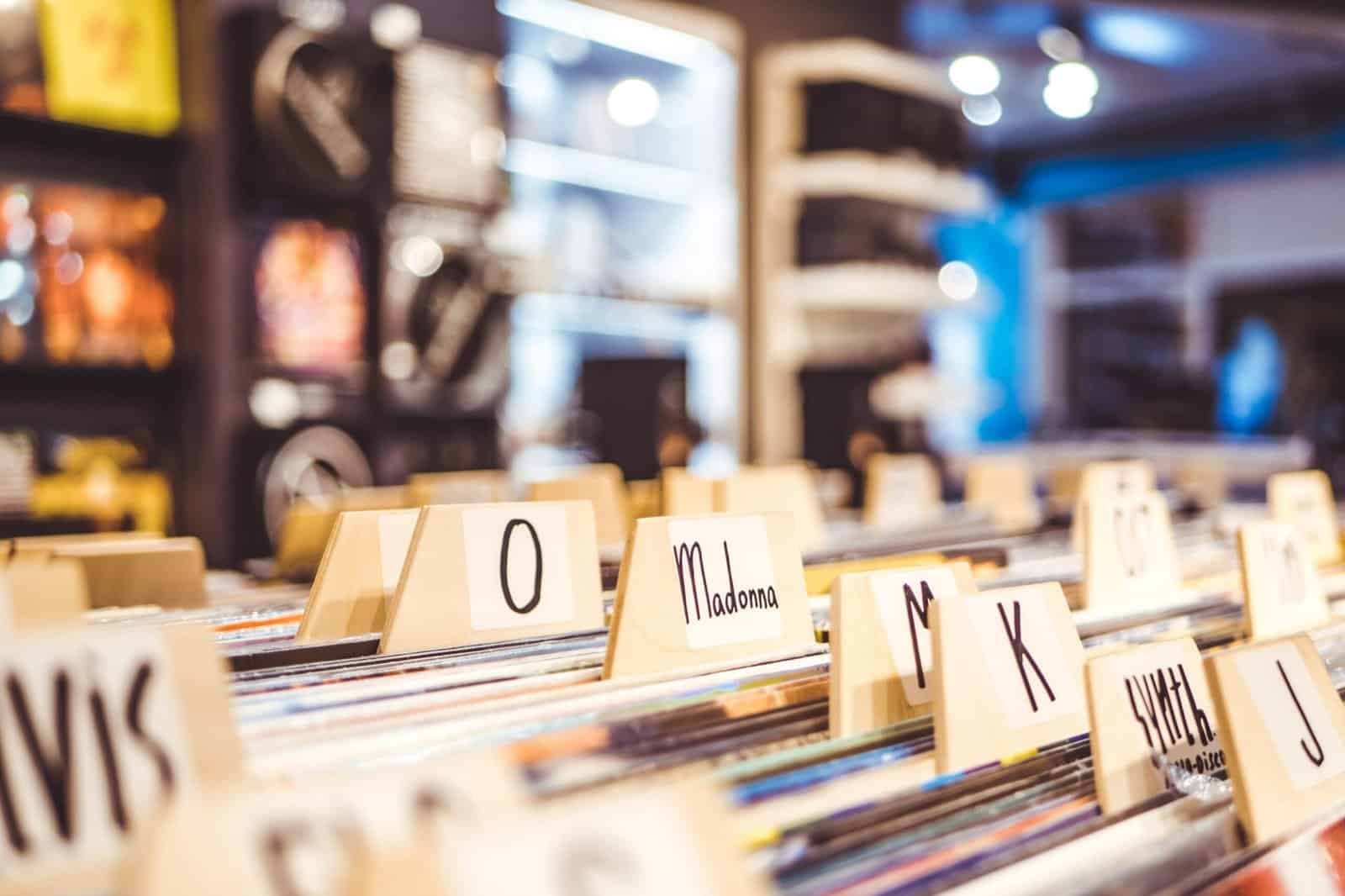Why Vinyl Refuses to Die: Vinyl Culture, Ritual & Community
Streaming is background. Vinyl is presence. Record Culture is persistent. Streaming is frictionless—you tap a screen and a million songs spill out. Convenient, yes, but it turns music into wallpaper. Vinyl resists that drift. You don’t just hit play; you lean in. Every side of a record is an invitation to slow down, to hear the music and yourself in the room. It’s less about access and more about intention.
The Ritual
Lifting a record from its sleeve, brushing away a day’s dust, setting the needle down—none of it is necessary, but all of it matters. These tiny gestures turn listening into a ritual. Most of us keep a simple brush nearby, not because it’s glamorous but because it’s part of the rhythm. Side A, side B, repeat. The faint static before the first note, the soft thud of the stylus finding its groove, even the weight of the vinyl in your hands—each detail sharpens the moment. You hear with your ears, but you also feel with your fingertips. The ritual isn’t just about sound; it’s about inhabiting every sense at once. In a world that makes music disposable, the act of playing a record insists that every note, every side, every spin deserves your full attention.
The Social Side
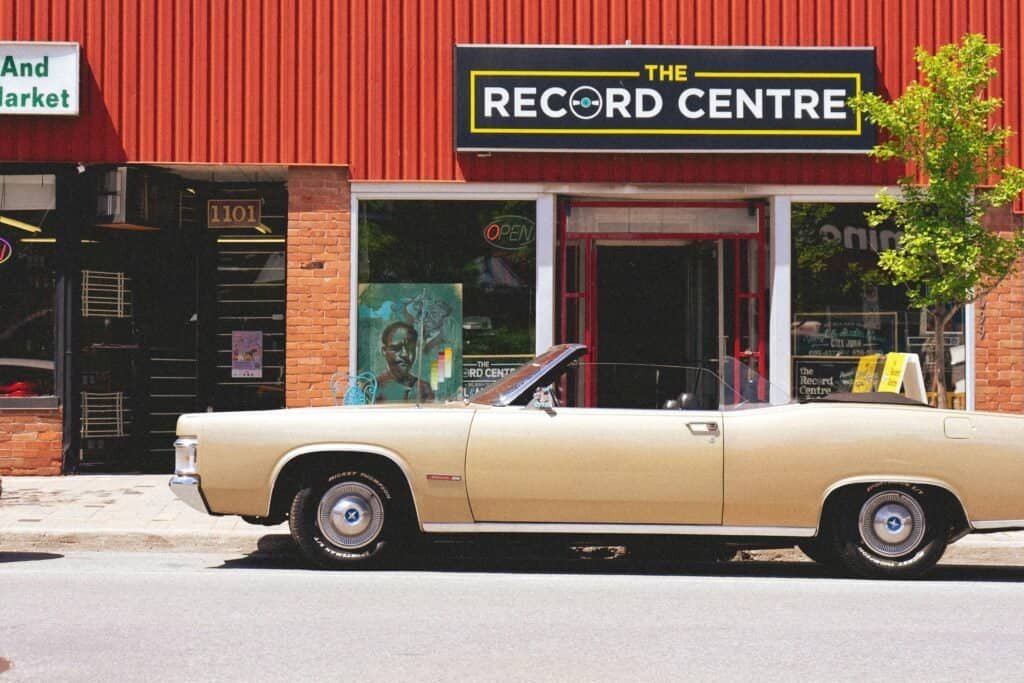
A good record shop is half archive, half hangout. You go in hunting for one thing, and someone at the next bin nods toward a sleeve you’ve never seen. Strangers become co-conspirators, pointing you to the hidden gems. You carry that story home with the vinyl, then tell it again when friends flip through your shelf. Crates aren’t storage—they’re evidence of weekends well spent. Each mark on a jacket or scuff on a label is proof of its lived history. In the end, the community you build through vinyl is as lasting as the records themselves. Record culture thrives on these small exchanges, weaving personal taste into a shared conversation.
Art & Identity
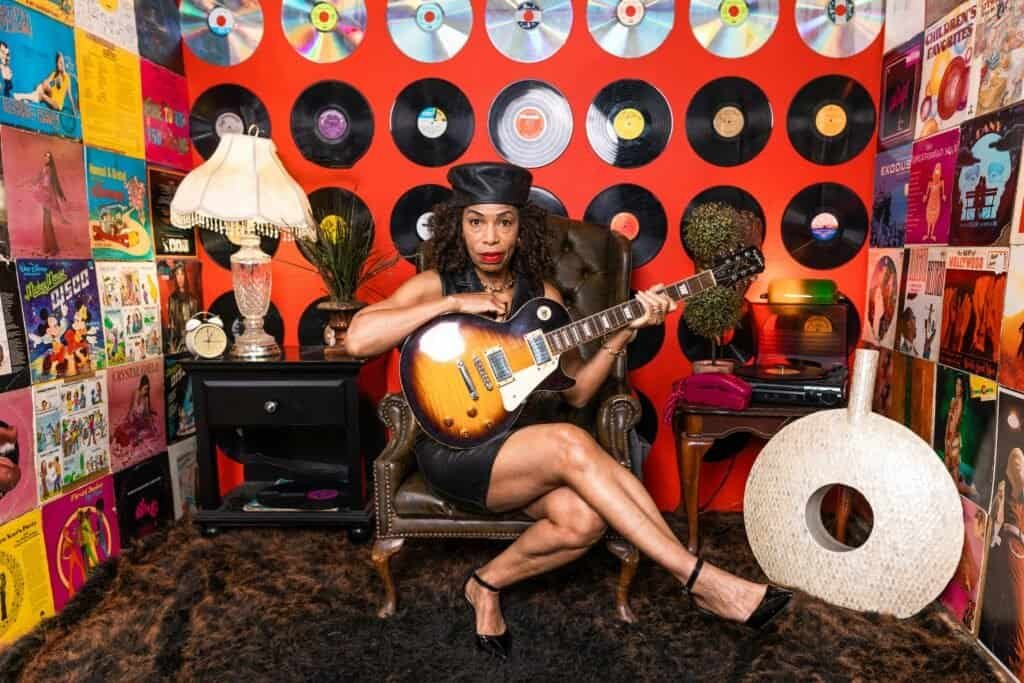
Album covers are twelve inches of personality. The music might live in the grooves, but the art lives on your wall, on your shelf, in your hands. Some collectors rotate covers with their mood: Bowie one week, Coltrane the next. A frame doesn’t just display the music—it gives your room a pulse. Covers become shorthand for who you are, broadcasting taste before a note even plays. In that sense, collecting art you can spin is also collecting fragments of your own identity. Every sleeve you slide out is both a mirror and a calling card, shaping how you see yourself and how others see you.
Vinyl as Memory

Every collection is also a diary. Your first paycheck LP. The one your sister gave you before she moved away. The crate you bought off a stranger who swore it had “nothing but heat” inside. Records don’t just carry music; they carry time. Protect them, and you’re really protecting your own story. Each spin is a reminder of where you were when that song first mattered. Over time, your shelf of albums becomes less a library and more a scrapbook in disguise. Even the worn edges and coffee stains turn into timestamps of your life, proof that music isn’t meant to stay pristine—it’s meant to live alongside you.
The Future of Vinyl
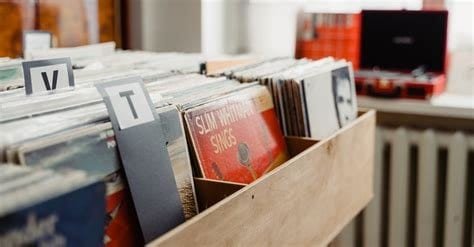
Vinyl has already outlived its obituaries. Gen Z is unsealing the same albums their grandparents played, while tiny labels press runs so small they vanish in a day. Listening is analog, sharing is digital, and together they keep the circle unbroken. The format isn’t retro; it’s renewable. Vinyl culture is more pervasive than ever. Artists use it as a canvas for experiments in packaging and design. Collectors trade stories as quickly as they trade records, weaving old and new together. What survives isn’t just the format—it’s the human impulse to hold music in our hands. And as long as people want music to feel real, there will be needles dropping somewhere, keeping the format alive for whoever leans in next to be a part of the record culture.
Why it endurs
Vinyl isn’t just about collecting objects or chasing perfect sound. It’s about memory, identity, community, ritual, and renewal—five grooves cut deep into the culture of listening. Each record we play connects us backward to the artists who made it and forward to the people who will hear it next.
Streaming may offer convenience, but vinyl demands presence, and in that presence we find meaning. What endures isn’t just the medium, but the act of choosing to listen with care.
A collection becomes a diary. An album cover becomes a mirror. A shop becomes a gathering place. A spin becomes a meditation. And together, they form a record culture that refuses to fade.
Vinyl is proof that music isn’t meant to vanish into the background—it’s meant to take up space in our rooms, our hands, and our lives.
Enhance the Experience
- Care basics: record brush, outer sleeves, anti-static inners
- Display: Unique lighting, now-spinning stand
- Storage: record crates
Disclosure: Some links on this page are affiliate links. If you buy something through them, we may earn a small commission at no extra cost to you. We only list items that fit the listening experience we actually use or recommend.
